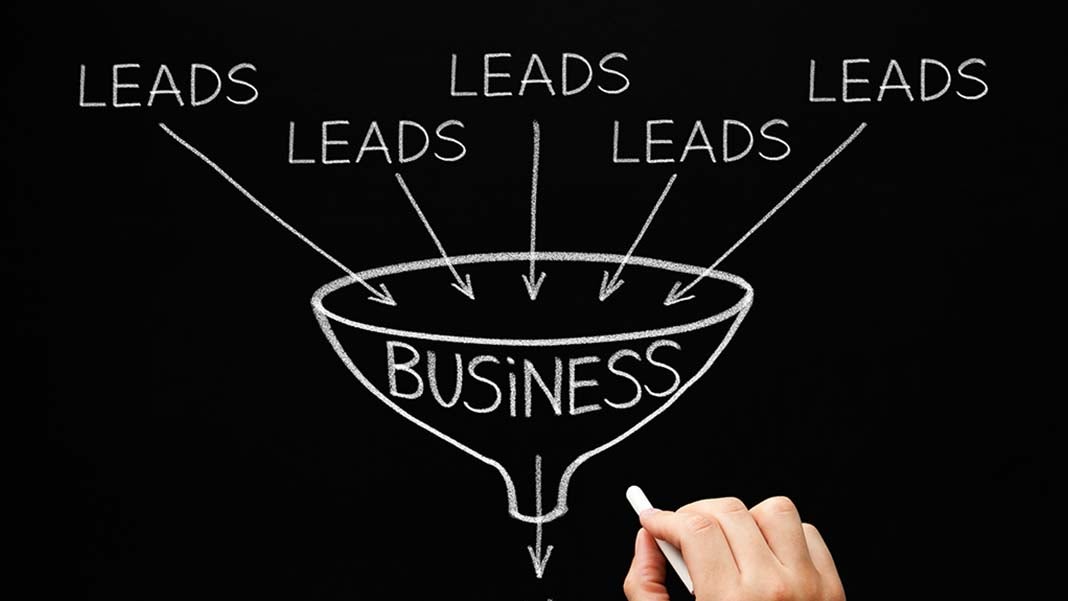
Ever miss the good old days when your business success hinged on the fine art of the cold call? No? Didn’t think so.
Disruptive and annoying outbound marketing strategies have been largely superseded by the newer, shinier tools in the inbound marketing toolbox. These updated strategies resonate and engage with consumers in a way that feels more authentic than old-school outbound tactics – making them much more likely to turn prospects into conversions.
If there’s one tool in that box that marketers should be reaching for regularly, it’s content marketing. It may not be the only important component of a marketing plan – but it’s key to the success of your overall inbound marketing strategy.
Content Marketing: The Heavy Lifter
Simply put, content marketing focuses on the creation and distribution of valuable content to a clearly defined audience. It generates customer interest and action.
If you think of the inbound marketing strategy as a big tent, content marketing is the central pole that holds it up. When you create a content marketing strategy that consistently offers rich content – whether in the form of blogs, guest posts, social media, and other formats – you’ll keep consumers coming back. And you’ll maintain a steady flow of information and organic traffic that’s essential for lead generation.
Content marketing is a heavy lifter, but it doesn’t work alone in capturing, qualifying, and converting leads.
Inbound Marketing: The Big Tent
Let’s stay with the Big Tent metaphor for a moment. Inbound marketing is the overarching canopy that covers a number of marketing tactics – including SEO, marketing automation, email marketing, and more.
Its goal is to get prospects to initiate contact with you. Inbound lead generation captures those potential leads and directs them to your sales funnel. These prospects already have some information about what you offer, but they want more. They want to be “educated” before they commit to buying – and that’s what inbound marketing can do.
It aims to create customer experiences that build trust and strengthen the buyer-business relationship. It’s specific and strategic: it addresses your target audience, recognizes their pain points, and markets to them in a way that is personalized, relevant, and helpful.
Rich content will not only create value for your prospects. It will spark engagement and draw qualified leads into your sales funnel – and that’s where you want them to be!
Fueling the Funnel
Your inbound marketing funnel won’t feed itself. It needs fuel – and that’s what content marketing provides. The right content will consistently answer your target customers’ questions, address their pain points, and nurture them through the buying funnel.
Your marketing efforts should focus on encouraging your prospects to take successive steps towards conversion. You can build highly effective funnels with the help of CTAs that invite your prospects to take that “one more” step – whether it’s signing up for a newsletter, cashing in a coupon, or requesting a sample.
Bottom-of-the-funnel content can specifically target motivated leads who just need a little nudge. This has a much higher ROI, especially in the case of eCommerce. Customers you land with BOFU content are looking for reassurance that investing in your product will resolve their pain points – so give it to them in the form of product-specific details, testimonials, or even product demos.
Your content strategy shouldn’t be one-size-fits-all. Diversify your content materials and vehicles for optimum impact. Experiment with different formats. Discount marketing is highly effective on social media, so use it to offer deals like flash sales or coupons to your followers.
And on the subject of followers…you do know who you’re targeting, right?
Mapping It Out
If you’re not crystal clear on who you’re selling to (and how), it’s time to fire up your database and do some content marketing sales mapping.
Create buyer personas that accurately reflect your target market. Generate content that specifically addresses these personas. But don’t stop there.
Target prospects at different stages of the customer lifecycle. Each part of a content map should be designed to address the needs of the buyer at a specific point in their journey. If you consistently meet your prospects where they are, you’ll ensure a seamless transition from prospect to buyer.
Identify sales cycles. For example, if you ran a Black Friday campaign, and you know that your product cycle is 6 months, reach out to your audience again in 5 months to renew. Use email-based content nurturing to drive your leads – and follow through on them.
Follow That Lead
Inbound leads are at the heart of your inbound marketing strategy. (Bonus: they can also be acquired at little or no expense.) Your leads may be people who have filled out a survey, responded to a blog post, or interacted with your content in some other way.
There are more tactics than ever to source leads for inbound sales, so get creative. Offer to do a guest post. Try creating a vlog. Start a newsletter. Just get your content out there, and see what sparks a response.
If you build on your content consistently, you’ll maintain momentum, nurture those prospects, and ultimately guide them to the appropriate customer path.
And, unlike old-school outbound tactics – where you need to constantly grind out fresh leads – your inbound marketing efforts can yield long-term results in the form of fruitful, ongoing customer relationships.
In the end, inbound marketing tactics and content marketing strategies aren’t an either/or proposition. It’s a synergistic relationship. Used in conjunction with each other, they’re powerful tools that can:
- Increase website traffic
- Create more website engagement
- Heighten brand awareness
- Establish credibility and build trust with your audience
- Generate more leads
- Increase sales
This marketing partnership packs a powerful one-two punch.
Content marketing acts as the foundation for your inbound marketing strategy, attracting the right leads with useful and personalized content. Your other inbound marketing tactics complement it by working with those leads to convert them into customers – and, ideally, future promoters for your brand.
Inbound marketing + content marketing = a potent formula for business growth. Together, they can do it all: attract, engage, nurture, and convert.
Cold calls? Really? They’re so last century.
2102 Views












